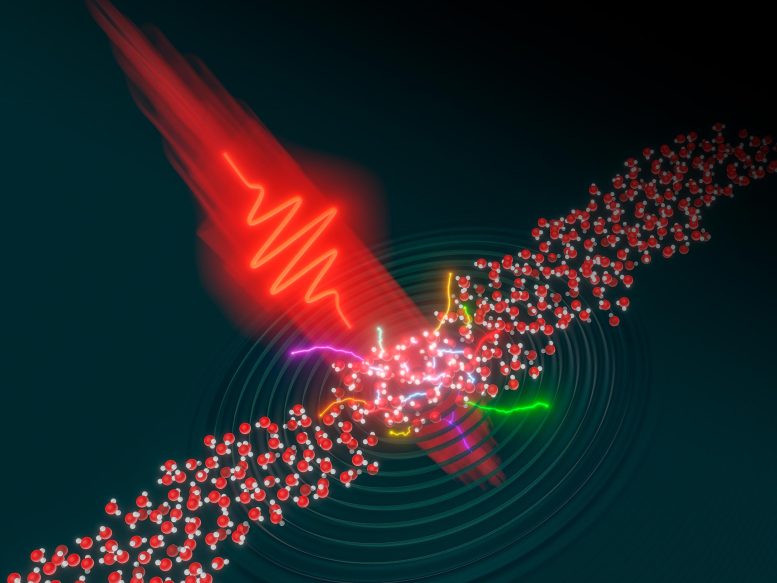
An intense laser pulse (in red) hits a flow of water molecules, inducing an ultrafast dynamics of the electrons in the liquid. Credit: Joerg M. Harms / MPSD
Scientists successfully probed electron behavior in liquids using intense laser fields, unveiling a unique high-harmonic spectrum. Their study identifies a key factor in photon energy limits and introduces a new spectroscopic tool for studying electron dynamics in liquids.
An international team of researchers from the Max Planck Institute for the Structure and Dynamics of Matter (MPSD) in Hamburg, Germany, and ETH Zurich in Switzerland has now demonstrated that it is possible to probe electron dynamics in liquids using intense laser fields. Furthermore, they have retrieved the electron mean free path – the average distance an electron can travel before colliding with another particle. They found that the mechanism by which liquids emit a particular light spectrum known as the high-harmonic spectrum is markedly different from the one in other phases of matter like gases and solids. The team’s findings open the door to a deeper understanding of ultrafast dynamics in liquids.
High-Harmonic Generation Technique
Using intense laser fields to generate high-energy photons, known as high-harmonic generation (HHG), is a widespread technique routinely deployed in many different areas of science. For example, it is used for probing electronic motion in materials and tracking chemical reactions in time. HHG has been studied extensively in gases and, more recently, in crystals but to date much less is known about this phenomenon in liquids.
New Findings on HHG in Liquids
Now the Swiss-German research team reports in the journal Nature Physics how it demonstrated the unique behavior of liquids when irradiated by intense lasers. So far, almost nothing is known about these light-induced processes in liquids – a stark contrast to the recent scientific progress on how solids in particular behave under irradiation. Hence the experimental team at ETH Zurich developed a unique apparatus to specifically study the interaction of liquids with intense lasers. The researchers discovered a distinctive behavior where the maximum photon energy obtained through HHG in liquids is independent of the laser’s wavelength. So which factor is responsible for this upper limit instead?
Understanding the Energy Ceiling in HHG
That is the question the MPSD Theory group set out to solve. Crucially, the Hamburg researchers identified a connection that had not been uncovered so far.
“The distance an electron can travel in the liquid before colliding with another particle is the crucial factor that imposes a ceiling on the photon energy,” said MPSD researcher Nicolas Tancogne-Dejean, a co-author of the study.
“We were able to retrieve this quantity – known as the effective electron mean free path – from the experimental data thanks to a specifically developed analytical model which accounts for the scattering of the electrons.”
HHG’s Significance in Electron Dynamics
By combining the experimental and theoretical results in their study of HHG in liquids, the scientists not only pinpointed the key factor that determines the maximum photo energy, but they also performed the first experiment of high-harmonic spectroscopy in liquids. At low kinetic energy, the region probed experimentally in this study, the effective mean free path of the electrons is very hard to measure.
Therefore, the work by the ETZ Zurich / MPSD team establishes HHG as a new spectroscopical tool to study liquids and is therefore an important stepping stone in the quest to understand the dynamics of electrons in liquids.
For more on this research, see Intense Lasers Illuminate Electron Dynamics of Liquids.
Reference: “High-harmonic spectroscopy of low-energy electron-scattering dynamics in liquids” by Angana Mondal, Ofer Neufeld, Zhong Yin, Zahra Nourbakhsh, Vít Svoboda, Angel Rubio, Nicolas Tancogne-Dejean and Hans Jakob Wörner, 28 September 2023, Nature Physics.
DOI: 10.1038/s41567-023-02214-0


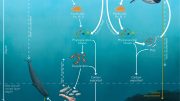


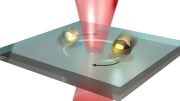
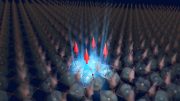

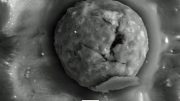
The value of one scientific experiment is not achieved by flaunting its publication in a certain journal.
Nature Physics firmly believe that even without understanding how θ & τ were formed, it can be concluded that they are CP violations. Is it scientific?
Nature Physics firmly believe that even if two objects (such as cobalt-60) that rotate in opposite directions are asymmetrical, they are still two objects that mirror each other. Is it scientific?
Nature Physics oppose to discuss the aforementioned topics. Is it honest?
Their absurd theory leads to absurd scientific research behavior, which has been ongoing. Are they respectable?
Some so-called academic journals are neither scientific nor honest. I hope your team has not been fooled by these pseudo scientific ideas. If you are really interested in optics. Please browse https://zhuanlan.zhihu.com/p/569722770.